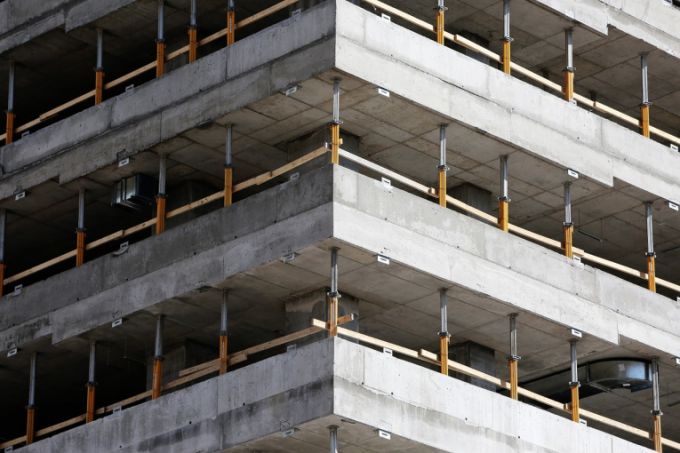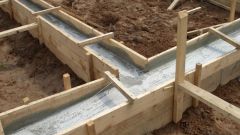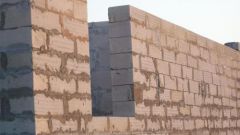The composition and methods of production
In the production of aerated concrete do not apply chemical additives that create lather, making it more environmentally friendly building material. A chemical reaction creates aluminum paste or powder. In turn, the foam block is made using chemical compounds, foaming concrete mix.
It is important how the blocks are made. Foam poured into special molds or formwork. The concrete is also poured into molds, but prior to complete hardening cut the special strings for the desired fragments. Thus, there is obtained a perfectly smooth surface of the block, which reduces the risk of cold bridges in the construction.
Strength
It argued that the foam block and concrete have the same strength, but it is not. And the aerated concrete and foam concrete can have a different density up to 1200 kg/m3. The density of the foam will depend on the chemical additives used in manufacturing. However, the lack of laboratory control often pushes unscrupulous manufacturers to use cheap additives, does not provide adequate density.
The final phase of the aerated concrete – autoclaved. When this occurs the solidification and formed a crystal lattice, corresponding to the minerals. This results in a record strength of aerated concrete.
Quality assessment
By itself, concrete is a product of industrial production that cannot be produced out of the plant. Concrete requires a deep level of automation of processes and compliance with the requirements of GOST. In case of doubt, laboratory tests, so if you need to verify the compliance of the party of aerocrete with the applicable requirements is not difficult.
The foam blocks are subjected to much worse conformity assessment. Their production is not certified and may be made in the handicraft way.
The cost
Perhaps the only competitive advantage of concrete blocks is the low cost. It is achieved due to the small production costs. If the plant for the production of gas requires an automation line and laboratory testing, the foam block can be made of unskilled workers from relatively inexpensive starting materials.


